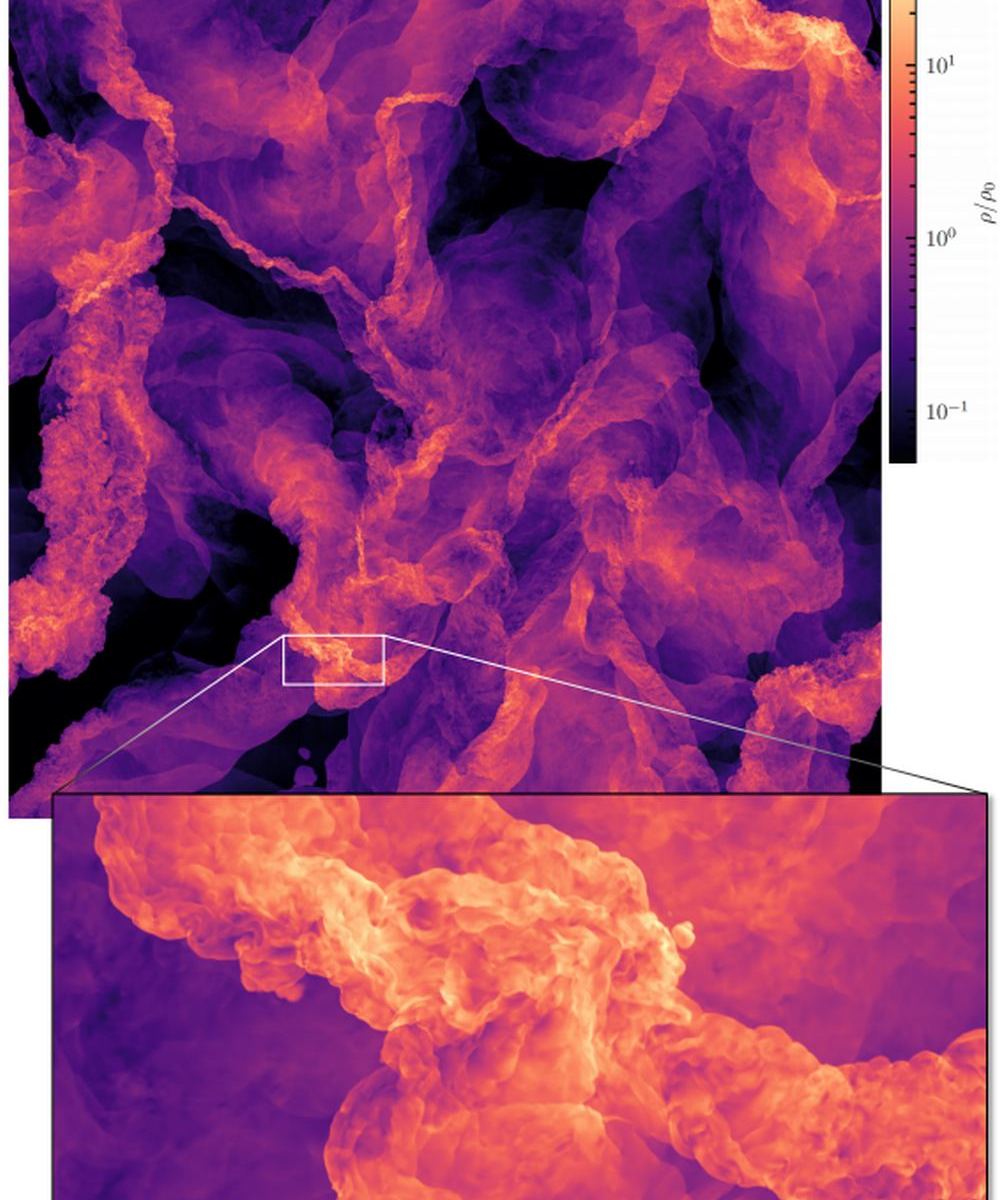How do stars form?
We know they form from massive structures called molecular clouds, which themselves form from the Interstellar Medium (ISM). But how and why do certain types of stars form? Why, in some situations, does a star like our Sun form, versus a red dwarf or a blue giant?
That’s one of the central questions in astronomy. It’s also a very complex one.
The ISM is the matter and energy between solar systems in a galaxy. Star formation begins when the ISM fragments into enormous clouds of gas called molecular clouds, which are the precursors to stars. Scientists have questions about the role that turbulence plays in that fragmentation and how it affects the types of stars that eventually form.
The ISM has a complex relationship with stars. After stars form, they eventually give the material back to the ISM via supernovae, planetary nebulae, and stellar winds. This back and forth between stars and the ISM determines a galaxy’s star formation rate and its star formation lifespan.
Turbulence plays a central role in all of this. A new study presents a gas simulation of the ISM and how it forms molecular clouds. The authors of the new study wanted to understand it better, and they performed the most high-resolution supercomputer simulations yet of that turbulence.
Their paper is titled “The sonic scale revealed by the world’s largest supersonic turbulence simulation.” The first author is Christoph Federrath, a Professor at the Institute for Theoretical Astrophysics (ITA) at the Center for Astronomy of the University of Heidelberg. The study is published in Nature Astronomy.
The turbulence in the ISM not only determines star formation rates; it determines the types of stars that form. In that sense, it also affects planet formation, and if those planets can be anything like Earth. So studying the turbulence isn’t some esoteric tangent in astronomy. It’s directly related to planets, even to life.
The ISM isn’t distributed uniformly in the space between stars. It’s distributed similarly to how smoke rises and falls and flows due to turbulence. The turbulence is the key to understanding how the gas fragments, according to the authors of the study.
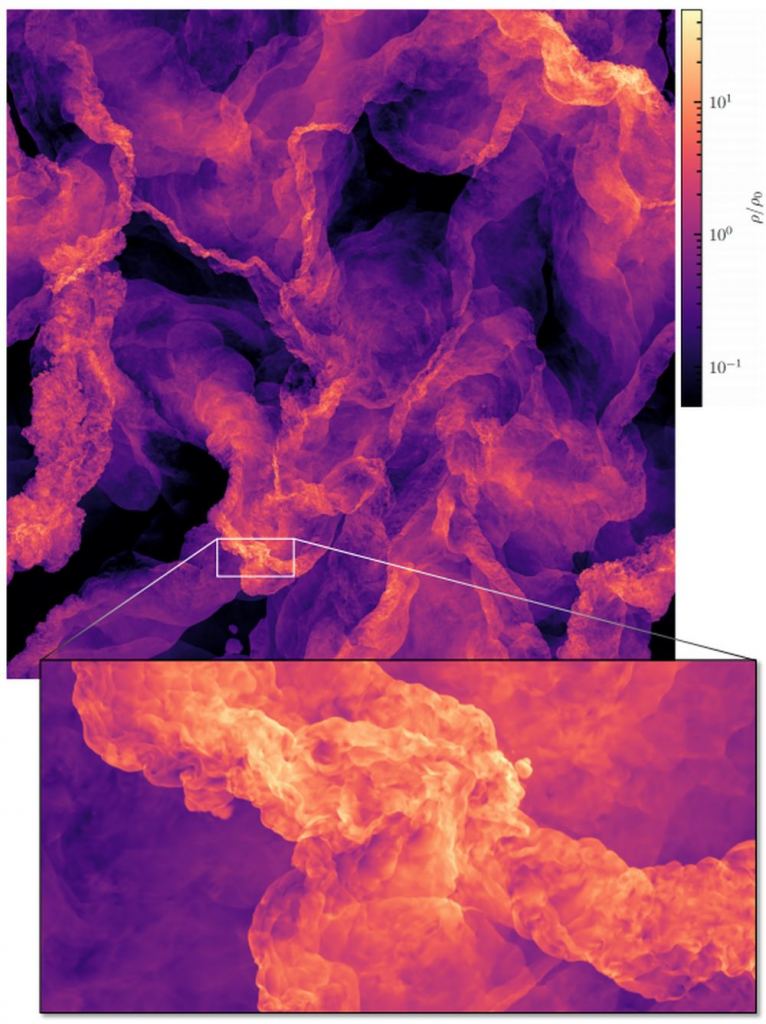
There are similarities between the turbulence in the ISM and turbulence in clouds of smoke. Large scale turbulence in both tends to cascade down to smaller-scale turbulence. But the comparison isn’t perfect: the ISM is extremely tenuous, with between only 1 and 100 particles per square centimetre of volume. Obviously, smoke is much denser than that.
In the thin ISM, the turbulent energy cascades down to a smaller scale than in smoke, not only because of how thin it is but also because the ISM has a very low viscosity. Eventually, this cascading reduces the speed of turbulent movement across a threshold from supersonic speed to sonic speed.
As the turbulence crosses that threshold, the gas cloud changes from being turbulence-dominated to gravity-dominated. When and how that happens determines the size of the dense cores of molecular clouds. And it’s the dense cores that lead to star formation.
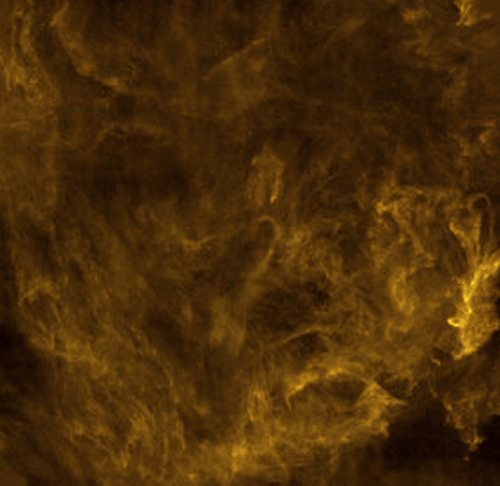
That transition from turbulence-dominated to gravity-dominated is a physical location in the cloud, and despite theoretical predictions, the location, shape, and width of the transition zone were unknown. That’s due to the complexity.
“The physical processes are so tremendously complex that their interplay can only be studied with the help of computer simulations,” said study co-author Professor Rafl Klessen, from the University of Heidelberg.
Klessen leads a research group at the University, and they used the equipment at the Leibniz Supercomputing Center to carry out the simulations.
Federrath and his colleagues modelled the turbulence on both sides of the supersonic and sonic scales. The dynamics of that turbulence inside the gas clouds are extremely complex and required extreme computing power to simulate. “For our special simulation, in which we want to follow both the supersonic and subsonic turbulence cascades with the sonic scale in between, we have to resolve at least four orders of magnitude in spatial extent,” Federrath explained in a press release.
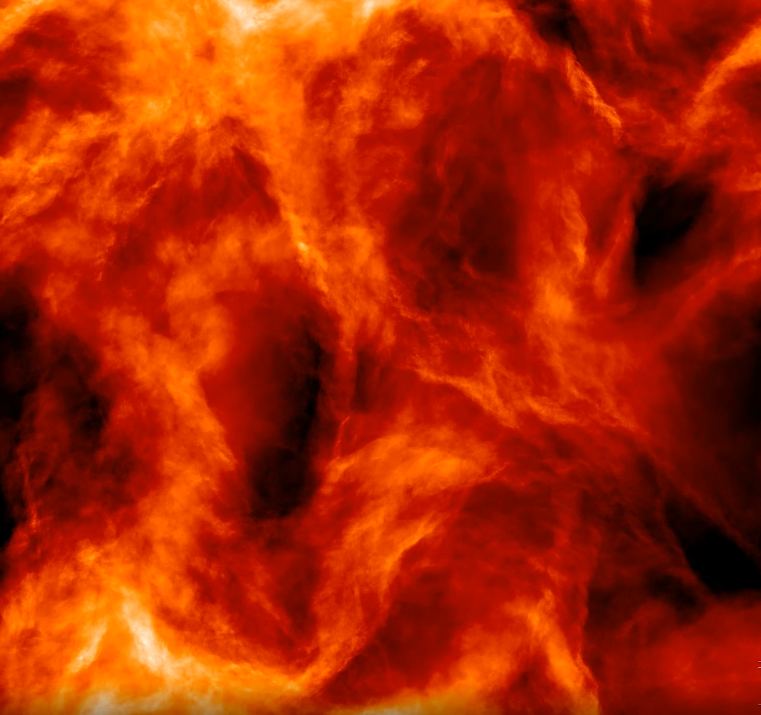
According to the team of researchers, their simulations were a smashing success and confirmed theoretial predictions. They were able to find the position of the transition zone between supersonic and sonic scales, and were able to quantify its width and shape. They also found that the transition isn’t sharply delineated, but instead occurs over a wide scale.
Not only that, but they compared the results of their simulation with observations a gas cloud in the Milky Way. Those observations confirmed their findings.
“Theoretically, this transition zone defines the frequency with which dense nuclei can be found in interstellar gas clouds,” explained Prof. Klessen. “We have therefore compared our predictions with observations of the gas cloud IC5146 in the Milky Way and obtained very good agreement. This is an encouraging result,” he added.
The wider astronomy research community has taken notice of the team’s work. Christopher McKee of the Dept. of Astronomy at UC Berkeley and James Stone of the Institute for Advanced Study in Princeton, NJ, wrote a News and Views piece in Nature Astronomy talking about the significance of this research.
“Star formation is of central importance in astrophysics,” they explain. “It leads not only to the diverse range of stars observed in the Universe, but also (indirectly) to the formation of planets and black holes, the creation of the heavy elements, the energization of the interstellar medium and the circumgalactic medium via feedback from radiation, winds and supernovae, and even the evolution of galaxies.”
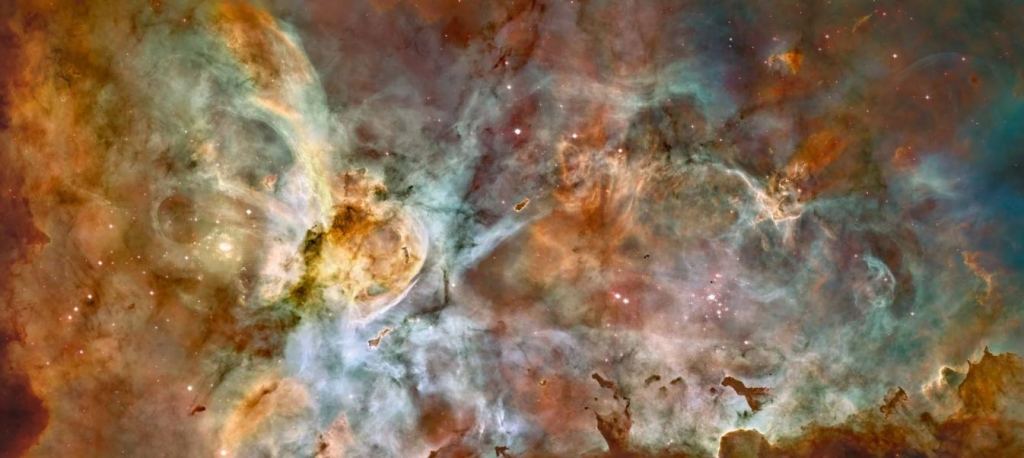
Because of the timescale involved in the formation of molecular clouds and stars, it can’t be studied observationally. It can only be addressed with simulations, and the results of those simulations can then be compared with observations, like in this new study. “The complex and nonlinear structure of supersonic turbulence makes numerical experiments crucial for understanding the physics of star formation,” the pair writes in their article.
And Federrath and his colleagues have performed the most rigorous and detailed simulation yet. Rapid advancements in computing power have enabled these types of simulations, and as McKee and Stone point out, the supercomputer used in this simulation has already been surpassed in power.
For scientists studying the problem, the development of powerful computers and equally powerful software are pushing the frontiers of understanding. “In both the United States and Europe, plans to make so-called exascale systems (capable of 1018 floating point calculations per second, about ten times faster than current supercomputers) available in the next few years have been announced,” McKee and Stone write. “While it will be a major challenge to develop scientific software that can take full advantage of such systems, the future of computational approaches for the investigation of a wide range of problems in astrophysics, including star formation, remains very bright.”
More:
- Press Release: Turbulence simulation of interstellar medium breaks records
- New Study: The sonic scale of interstellar turbulence
- News and Views: Turbulence in the Heavens
- Universe Today: Astronomers Map Out the Raw Material for New Star Formation in the Milky Way

